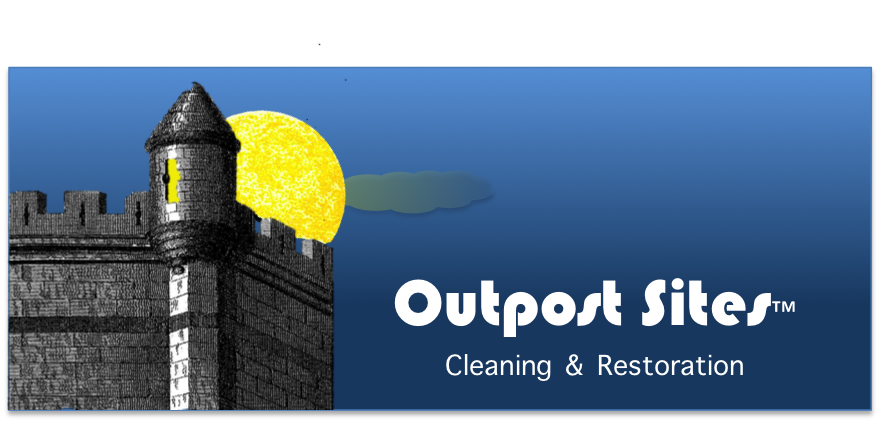|
Pipes that (Usually) Freeze First
When pipes freeze, they create havoc that is time consuming and expensive. Your home is full of all kinds of pipes, including fresh water pipes that supply your bathrooms, kitchen, laundry room, and more. These fresh water pipes are under pressure, and if they freeze up, they can burst and create a huge mess that must be cleaned up quickly. You might have heard some say that hot water freezes faster than cold water. If you do a quick Google search, you will see all types of references to this topic. You might have seen videos of people throwing hot water up in freezing air and it freezes instantly, creating ice crystals. But no matter what you personally believe, one thing is accepted as true among many disaster restoration professionals: Hot water pipes freeze and break faster than cold water pipes. This statement isn’t based simply on water temperature. It’s based on the makeup of the water, and some studies show that hot water contains more dissolved gasses, and those chemical particles crystalize first. Many restoration professionals will tell you that they have been on many water damage jobs where the hot water pipe was broken and spraying water, while the cold water pipe was fine. And at the same time, many have experienced hot water spigots doing nothing while their cold water companions, just within inches of each other, work just fine. There are many articles about what is called the “Mpemba” effect, that warm water freezes faster than cold water. While it makes for interesting reading, the main takeaway for you is to make sure that no pipes in your home ever freeze. You can do this with some planning. The best solution is to make sure your pipes are wrapped with heat tape or insulation, combined with ensuring no cold drafts are allowed into walls or cavities in your home. Another preventive step to take is when the temperatures really dip into the sub-zero range, and especially if you have had pipes freeze in the past, consider allowing them to drip during extended times of not being used. Yes, this will run up your water bill a bit, but it is definitely cheaper than a devastating pipe break and resulting flooding. But if the unthinkable does occur, and a pipe breaks and damages your home, do the right thing. Call your favorite disaster restoration company. After all, it pays to call a pro! Prepare for Spring Flooding
At the end of every winter, we might forget about the previous spring rains and subsequent flooding that might have occurred in the area. But when unrelenting rain starts to fall, one thing you don’t want to experience is regret in not being prepared, whether it is from leaks related to your roofing, windows, or the possibility of a flooded basement. While those might seem like minor issues, when they happen to you, they quickly move up to disastrous. Making sure your home is safe, secure, and devices like your sump pump (if you have a basement) are in good condition. But when heavy rains hit your area, and flooding is a possibility, the website ready.gov has some great advice for your preparedness plan. Make a plan This is important to do in advance, as when an emergency strikes you will be in panic mode. Have a discussion with family members, about what you will do, where you will go, where you might meet up if separated and mobile phones are not working. Be sure to discuss your pets as well and have a plan for them. Human life is invaluable, and we feel the same way about our pets. Have a written list of important phone numbers in case your cell phone loses charge or isn’t functioning. Build a ‘go-kit’ Have the necessities in a backpack or other easy-to-grab bag. Necessities include documents, such as birth certificates, passports, legal documents, and other papers you should not lose. Having some cash is important in the event credit cards can’t be used. Clothing, medications, and other necessities should also be in your ‘go-kit’ supplies. Basically, think about what you simply can’t go without for several days if you have to be out of your home. Check your insurance policy Now is the time to make sure you have coverage for natural disasters that might strike your home. Don’t assume. Ask your insurance agent and make sure you have it spelled out clearly in your policy. Not all natural events are covered by regular homeowner policies. But if the unthinkable does happen to your home, and it becomes damaged by any disaster event, do the right thing and get it all fixed quickly — and safely. Doing the cleanup yourself can expose you to future potential hazards. Call your favorite restoration company. After all, it pays to call a pro! Cleaning Soot from Surfaces
Soot is a residue that can be on any surface in your home. It can come from sources such as your furnace system, a fireplace, candles you burn, and other combustible sources that don’t burn clean. Some soot is dangerous, such as from a fire or furnace puff-back. Skin contact with these types of soot should be avoided, as they may contain hydrocarbons that are classified as human carcinogens. Outdoor soot is even regulated by the EPA, classified as a criteria pollutant. Soot is usually handled by restoration professionals as it is often a by-product of a disaster event, although it may be minor, such as extra smoke from a fireplace. But many types of soot, such as found in your kitchen or from candles, light soot, can be handled with regular restorative cleaning. Just be smart when deciding to clean soot from surfaces. Wearing appropriate personal protective equipment is a must when restoration pros do it, so keep that in mind and wear protective gloves, eye protection, and anything you need to keep the soot residues off of your skin and out of your lungs. The first step with soot is with simply dry wiping. It may come off the surface easily, especially if the surface is non-permeable. You will still need to wet clean that surface for final residue. Most likely, the soot needs to be cleaned with hot water and detergent, since it is often greasy. Applying some detergent solution and allowing approximately 10 minutes of dwell time should loosen the soot and you can wipe it away. There are also special cleaning products for soot-type greasy soils. The same cleaning principles would apply. But if the soot is on a vertical surface, your approach needs to be more careful. Clean from the bottom and move up, just a few inches at a time. If you start at the top and work down, any wet residue that runs down the wall may create permanent stains. So manage the moisture and soot removal from the bottom going up, and you won’t have this issue. If, after cleaning, soot stains remain, it may be time to think of repainting. Of course, soot cleaning is really something that restoration pros can handle. Do the right thing. Call your favorite restoration company. After all, it pays to call a pro! Grease Fires During the Holiday Season
If there is one event to avoid at all costs, it is a grease fire in your kitchen as you prepare delicious meals during the holiday season. But it can happen. You are working feverishly around the kitchen and you have something cooking on the stovetop. The temperature reaches a critical limit, a flame pops up, and soon gets out of control. Another issue is when cooking grease or oil inadvertently escapes the pan and hits an open flame, and that flame follows the grease or oil trail back to the pan. Panic can strike and you may overreact to the event, and even cause more harm than good as you attempt to put the fire out. Preventing grease fires is fairly easy as long as you remain in the kitchen while cooking and stay alert to the level of flame on the stovetop and the temperature you are using to prepare your meals. Stir carefully and avoid spills at all costs. Monitor any excessive smoke coming from the pan as that is often an indicator of something to come. But when a grease fire does occur, keep calm and implement these practical tips. Control the heat When you detect smoke, turn off the heat source (whether gas or electric) and very carefully remove the pan from the burner if it is electric, if possible. But if you see a flame, do not move the pan. You will most likely splash grease or oil and fuel the fire even more. Never use water to put out a grease fire. This will splash and cause the fire to spread. Starve the flame If a flame is visible, very carefully put a lid on the open flame. This is the best, safest way to extinguish the flame as it will be starved of oxygen and go out. Extinguish the flame If a fire does start, and you can’t cover it with a lid to starve it of oxygen, you can pour baking soda on the flame until it is extinguished. If the flame grows, use an appropriate fire extinguisher for kitchen grease fires. Check with local fire authorities if you aren’t sure which type to purchase. If the unthinkable happens, and a grease fire does get out of control and cause damage, you will need special restoration work performed in your home. Do the right thing and reach out to your favorite disaster restoration company. After all, it pays to call a pro! Remediation of Smoke Odors
One of the toughest odors to remove from any surface is from tobacco. While smoke odors are always pesky and challenging to remove, cigarette and cigar odors are especially tough because they have a powerful odor and they tend to linger. The particles are small, and they cling to and embed into any type of surface, especially fabrics. In automobiles, there are an issue especially when a car is being sold. One promising rule of thumb when it comes to removing tobacco odors is time. With fresh air and plenty of time, the odors dissipate on their own — for the most part. But many people don’t want to wait it out. Cleaning the surface is the first step in smoke odor removal. If you can launder an item, that’s the best way to remove odors. But some fabrics, such as rugs, furniture, and of course the interior of your car, you can’t put in the washer. Professional cleaning is always best, but there are a few tricks you can implement in the meantime. Hard surfaces If you are cleaning countertops, wood furnishings, or other non-permeable surfaces, you are in luck. Those surfaces usually are easy to clean, and smoke odor removal is often successful. Simply use an approved hard surface cleaning produce you can find at any department or grocery store, wet the surface, allow several minutes of contact time so the product can work, and then wipe away with a clean cloth or paper towel. Repeat until you see no more soil transfer. Adding a little deodorizer afterwards, and wiping it off, adds a pleasant, lingering scent. Soft surfaces Now we are getting into the real challenge, removing odors from fabrics. As said previously, laundering an item is the best way to remove odors. It may take several launderings to get the best results. While cleaning non-launderable fabrics is tough without proper equipment and experience, you can dry vacuum soils and that helps. You can also allow fresh air to do its magic. And putting a few drier sheets under cushions will help as well. You can stuff drier sheets in other areas, as well, such as in automobiles, to help with the odors over time. The real way to get rid of smoke odors from fabrics? Call a professional fabric cleaning or disaster restoration company. Restoration companies are highly skilled at the task of smoke odor removal. They have the equipment, products, and expertise to thoroughly clean and deodorize odor-causing substances. They also have special processes designed to remove tobacco odors. Do the right thing. After all, it pays to call a pro! Electric Heater Safety Tips and Advice
You may have already detected a chill in the air. For some parts of the country, wintry weather will be here soon. For others, a milder but still chilly season is coming. To help stay warm, some supplement their main home heating system with an electric space heater. While considered safer than fuel oil space heaters, they still require special care and consideration so you can stay warm and safe during colder weather. According to the Electrical Safety Foundation International (EFSI) organization, safety should always be a top consideration when using space heaters. While being warm may be at the top of your list of creature comforts, a fire, electric shock, or personal injury must be avoided. Here is what the EFSI suggests that everyone consider when using space heaters.
Should You Test for Mold?
Recently, we discussed mold that can be found in unlikely places, such as in the bedroom, bathroom, and the kitchen. After all, most report mold in basements or crawlspaces, but mold can actually grow virtually anywhere. There is one thing we can all agree on. You do not want hidden mold growing in your home. If there is mold somewhere, anywhere, with the potential of causing health issues with your family, you want to know about it so you can remove it and keep everyone safe. The United States Environmental Protection Agency (EPA) has much to say about the need for mold testing. “In most cases, if visible mold growth is present, sampling is unnecessary,” according to a statement on the EPA website. And what the EPA says makes sense. If you can see the mold, you do not need to take samples and run tests because you know the mold is there. The professional restoration company that removes the mold will figure out what type it is and proper procedures for your specific case. But what if you can’t see the mold but you feel something is there? Then it’s time to engage mold sampling and testing. According to the EPA, surface sampling may be useful to determine if an area has been adequately cleaned or remediated. Who should do it? Sampling for mold should be conducted by professionals who have specific experience in designing mold sampling protocols, sampling methods and interpreting results. Sample analysis should follow analytical methods recommended by the American Industrial Hygiene Association (AIHA), the American Conference of Governmental Industrial Hygienists (ACGIH), or other professional organizations, says the EPA. Regulations and guidelines Standards or threshold limit values (TLVs) for airborne concentrations of mold, or mold spores, have not been set. Currently, there are no EPA regulations or standards for airborne mold contaminants. But if you have mold, you no doubt aren’t driven by regulations or guidelines, or lack thereof. You want to know if there is mold and if there is, what you can do to remove it. One option is to purchase a do-it-yourself mold testing kit, something that you test surfaces with and send in for testing at a laboratory. Another is to contact an industrial hygienist who is an expert with issues such as this, and have professional testing conducted. No matter what you do, if you do have mold growth, do the right thing. Turn the work over to your favorite restoration company. After all, it pays to call a pro! Air Conditioner Overheating Prevention
While water damage in a home is a common issue many have faced, a fire in your home is probably the most devastating. Statistics show that the leading cause of house fires is cooking, usually spawned by open flames on the stove and also high heat from the oven, usually when unsupervised. Many of you have cooked on a stovetop using some type of oil and in an instant, you have flames dancing above the pan. Those situations can quickly escalate into a major house fire. Fires from appliances is also an issue, because of overheating, faulty power sources, and other issues. One source of house fires that many don’t think about is from your air conditioning system. And this is the time of year, as summer heats things up, when it’s time to consider some safety precautions. Overheating issues While a central air conditioning unit sits outside your home and rarely overheats, it can happen. What happens more frequently are overheating issues with what we call window units. If the properly sized unit is not used, such as a small AC unit trying to cool a large room, it can overheat as it struggles to keep up with the demand. Many who use window units will run an extension cord to it if a wall outlet isn’t nearby. This is not recommended as that can cause overheating issues as the power load can heat the cord and cause it to melt and cause a fire. A very common and easy-to-ignore issue are the condenser coils. They can become dirty and when that happens, they struggle to keep up with demand. The entire AC unit can overheat and be a possible cause of a fire. The same applies to any air filters being used — make sure they are clean and in good condition. Your AC units should be installed according to the specifications of your home and the number/sizes of the rooms. Lastly, having an annual inspection by a heating, ventilation, and air conditioning company will help ensure that all your air conditioning units are operating safely and effectively. But if the absolute worst thing happens, and a fire is ignited, do the right thing. Don’t attempt cleaning up a fire and smoke damage situation yourself. Call your favorite disaster restoration company. After all, it pays to call a pro! |
RestoreUnowCall RestoreUnow 24/7 at 301-284-3710 or contact us online to schedule your service today! Archives
March 2021
Maryland Restoration Cleaning OutPost Site |
Would you like to get your own OutPost Site? Cleaning and restoration firms who are MarketingZoo.com members get
|
CleaningOutpost.com Directory of Cleaning & Restoration Businesses is a service offered by MarketingZoo.com
Copyright 2015 Thinkshortcut Publishing, LLC
Copyright 2015 Thinkshortcut Publishing, LLC
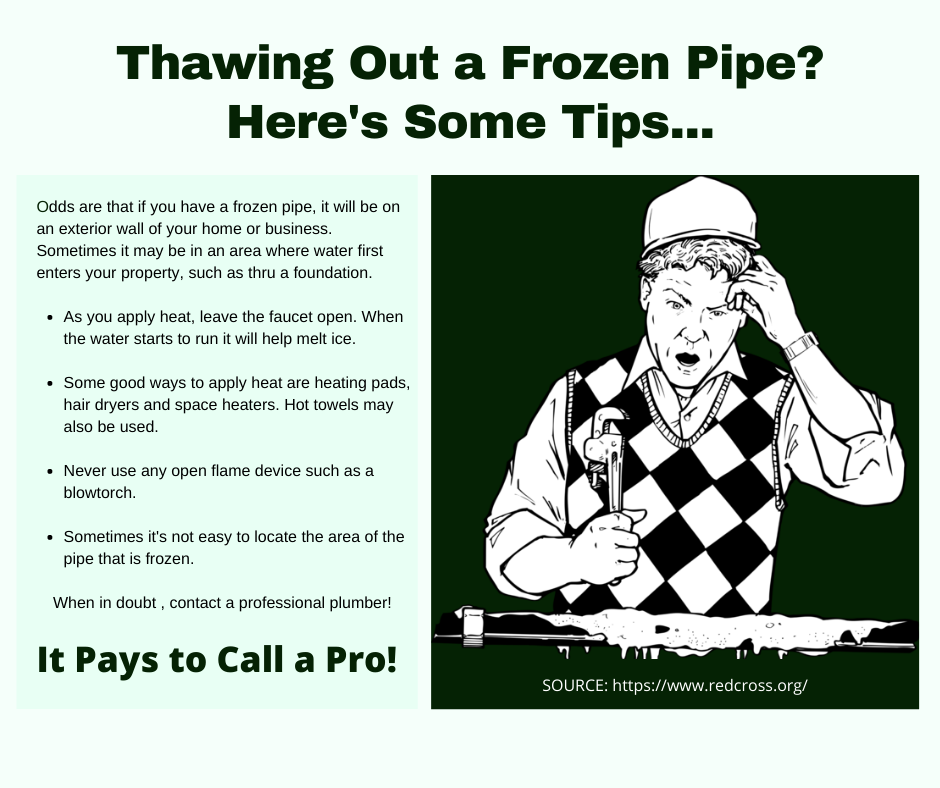
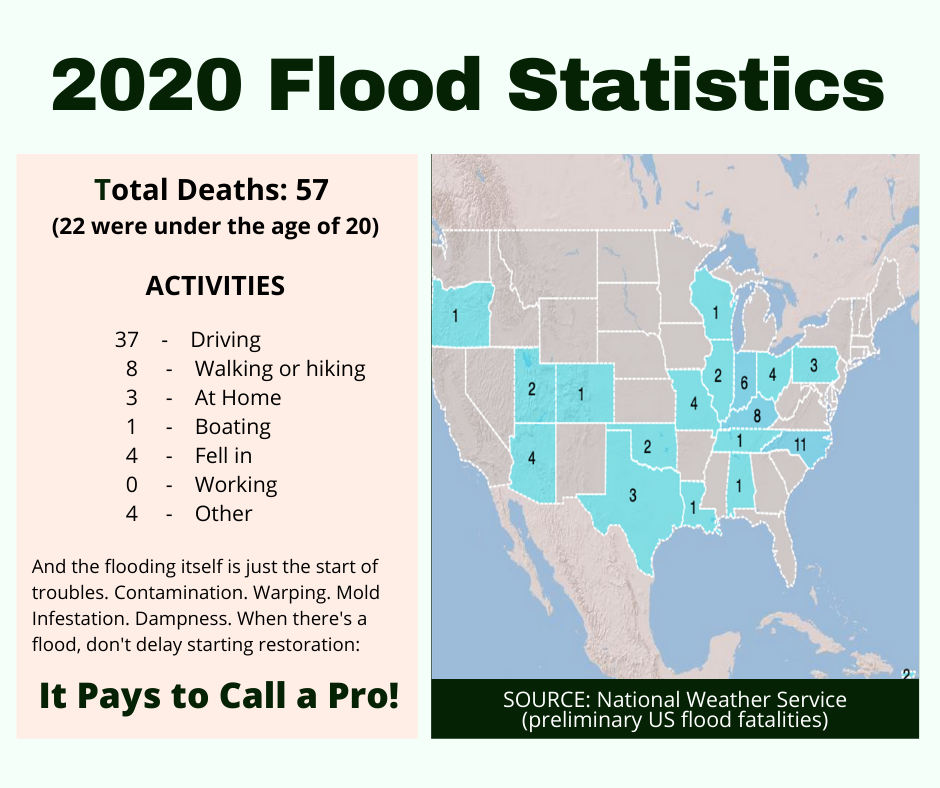
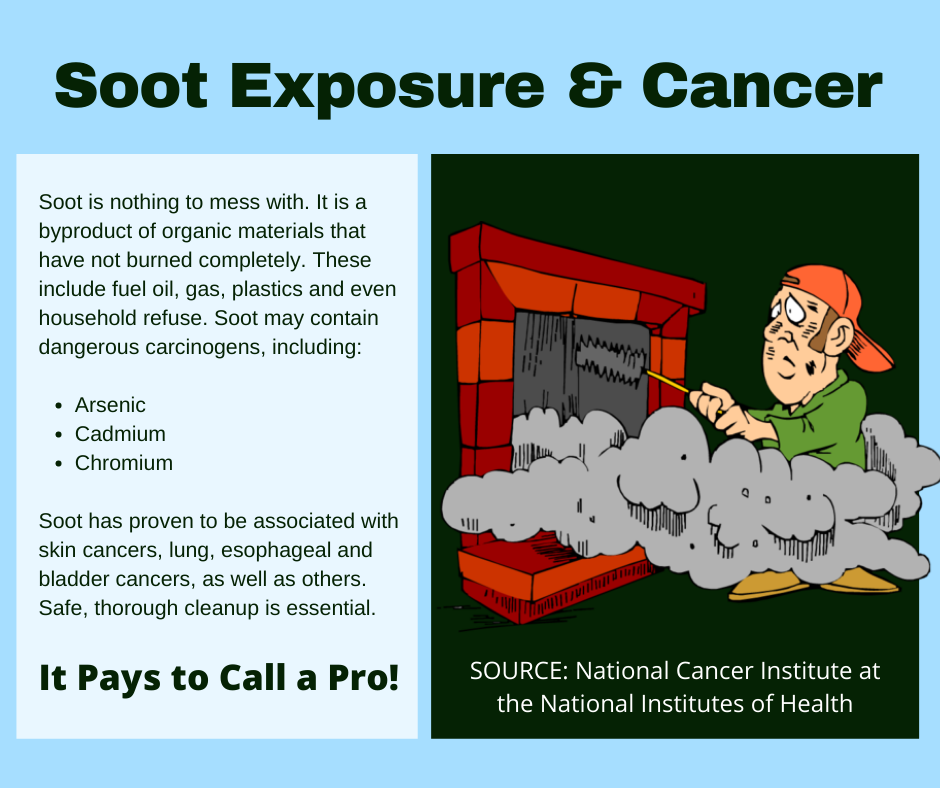
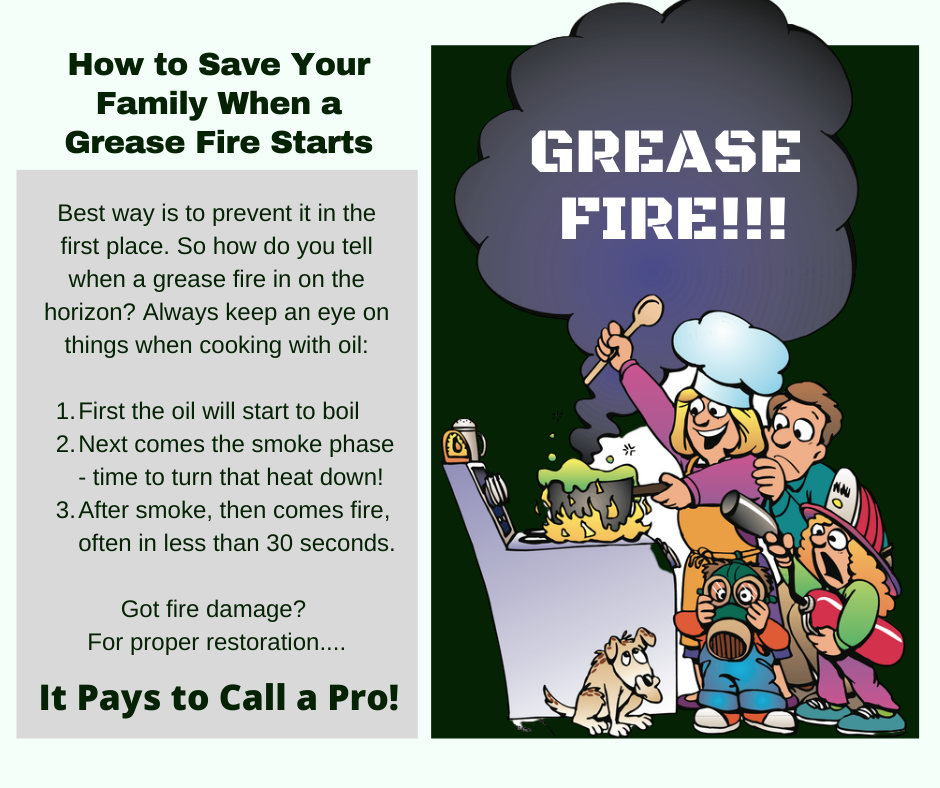
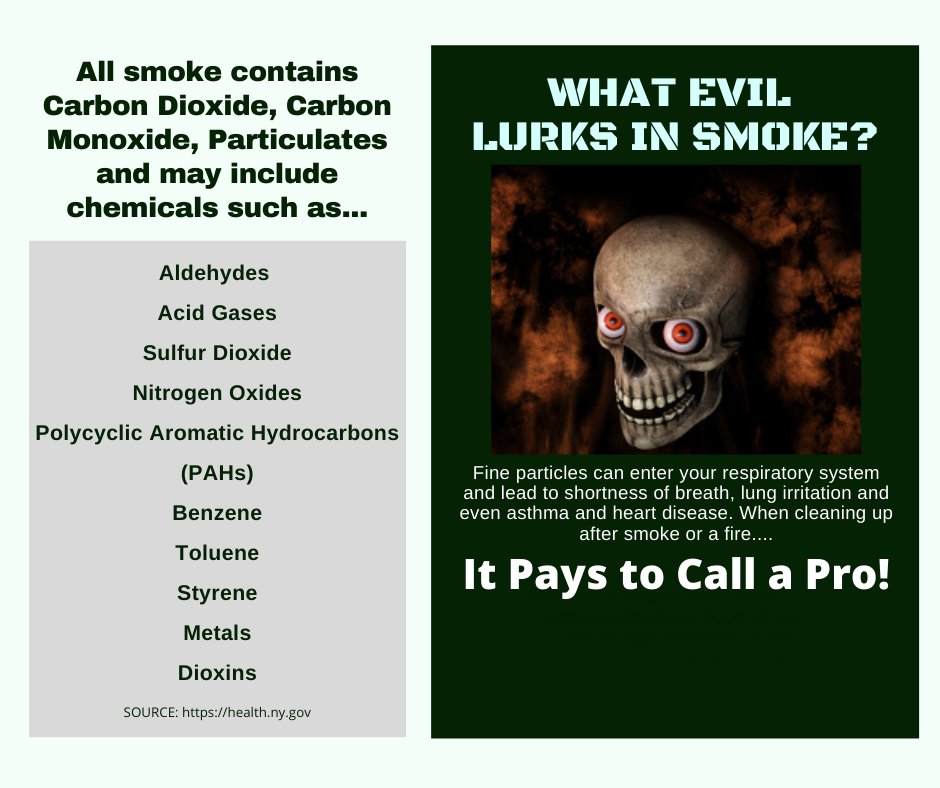
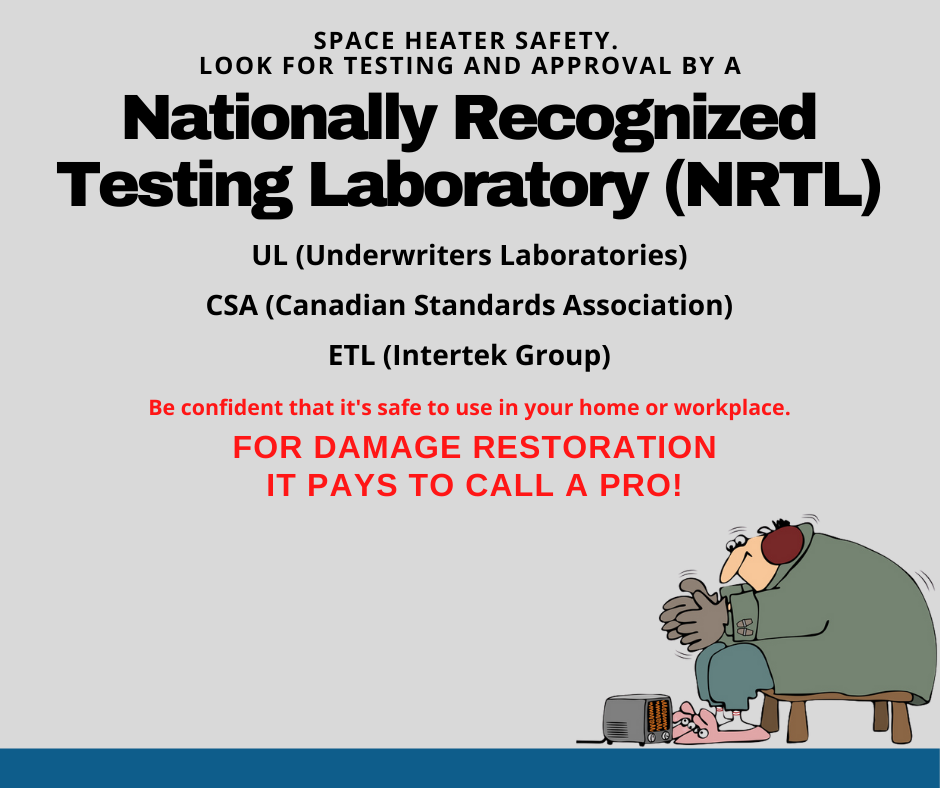
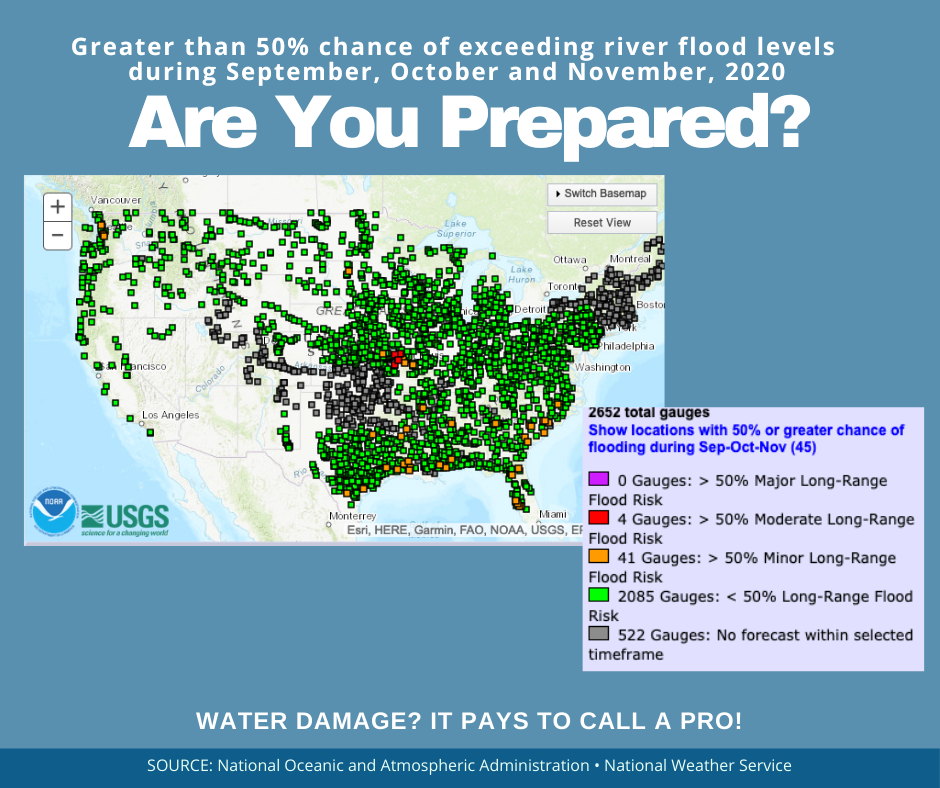
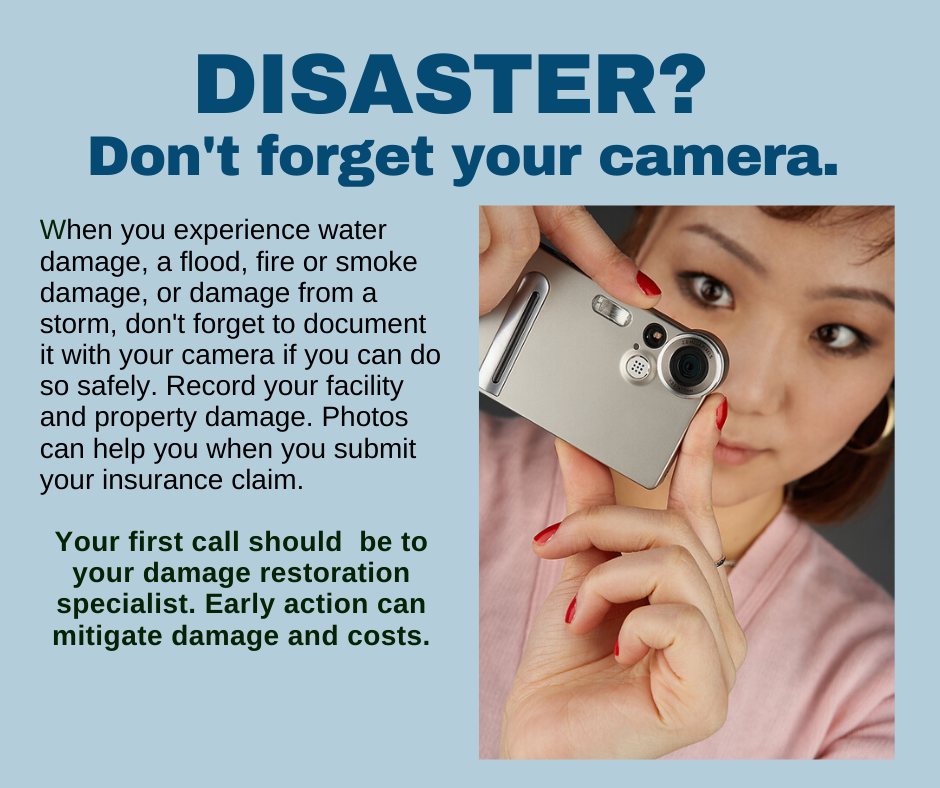
 RSS Feed
RSS Feed
